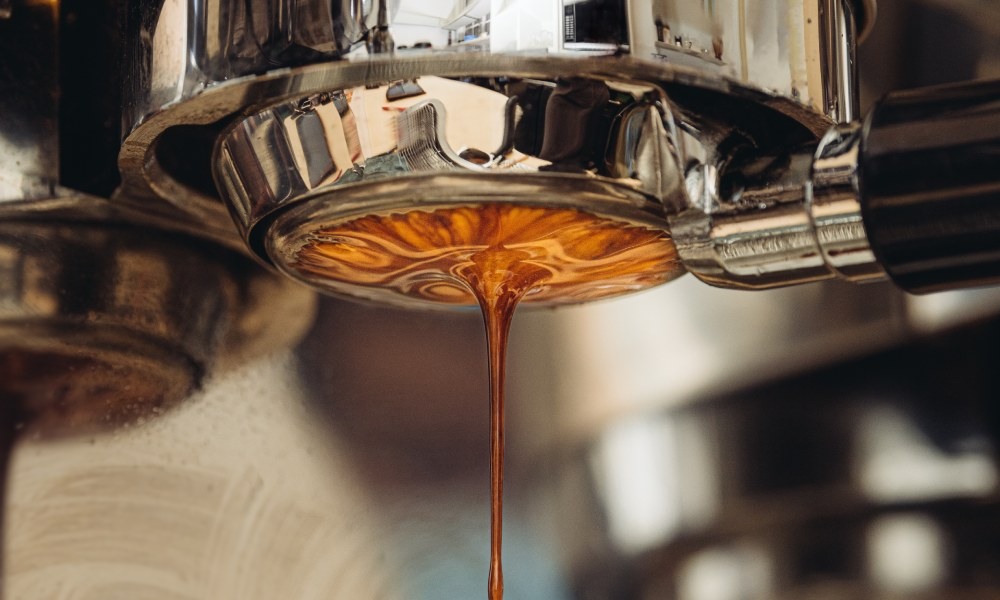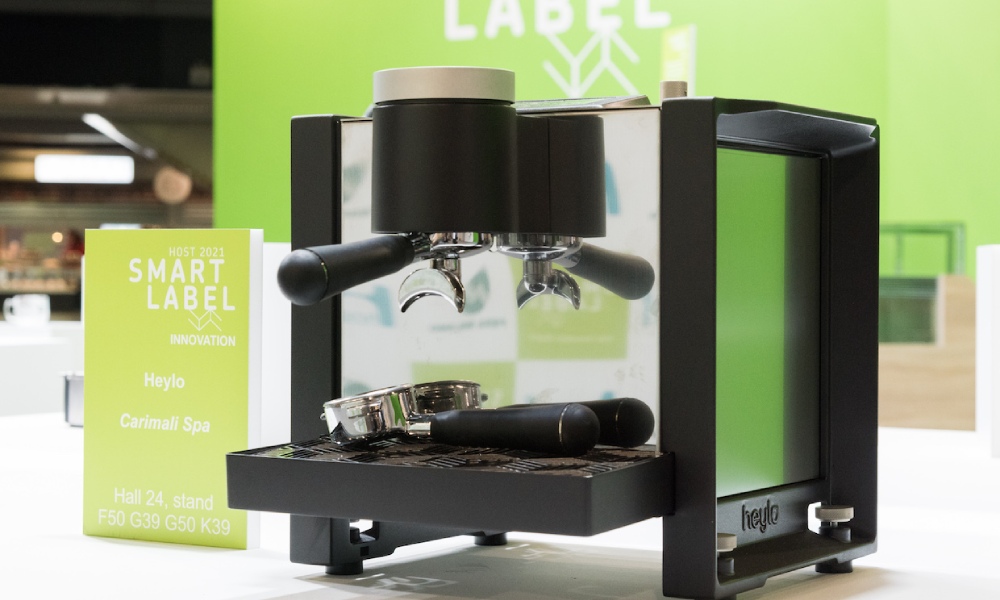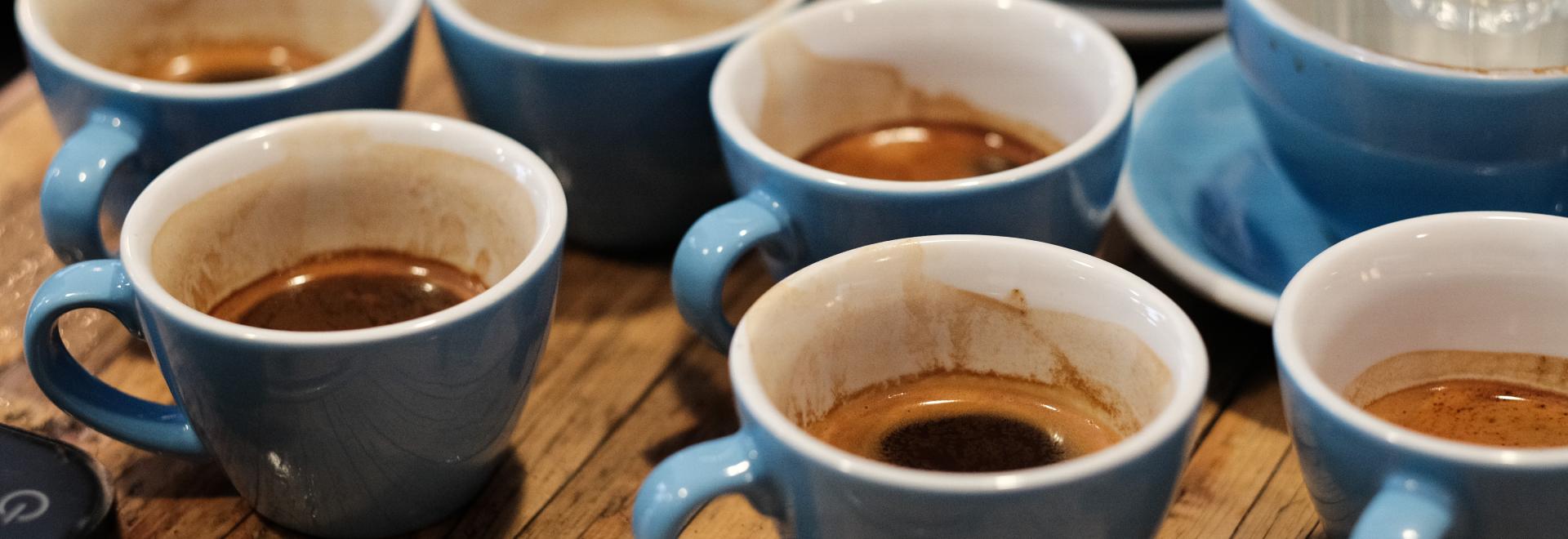How does flow profiling affect the acidity of espresso?
Matt Haw speaks with Fabrizio Sención about the mixed opinions of acidity in the coffee industry, and how flow profiling can help baristas accommodate varying preferences.
“Acidity” can be a contentious word in the coffee industry.
Previously, there were limited things a barista could do to reduce or increase the presence of acidity in the cup, but this is changing as new espresso machine technology gives baristas greater control over brew variables.
One variable that is receiving increased attention is flow rate, which refers to the speed at which water passes through the bed of coffee during extraction.
“Flow rate is a fixed variable in most espresso machines”, explains Fabrizio Sención, a multi-time winner of the Mexico Barista Championship and owner of PalReal. “And when I say fixed, I’m talking about ten grams per second – which is very aggressive.”
Most modern machines can reduce the flow rate at the beginning of the shot, which can be hugely beneficial during pre-infusion.
Rather than hitting the bed of coffee at a high and disruptive flow rate, a slower rate of flow during the first part of the extraction helps to fully saturate the coffee before higher pressures are exerted. This has been proven to reduce channelling and ensure more even extraction.
Flow rate has more recently given us the ability to control extraction beyond pre-infusion, however. Different rates of flow at various stages during the extraction can dramatically alter the flavour of coffee and bring forward a fuller spectrum of characteristics.
When we track the flow rate throughout extraction in this way, it gives us something called a flow profile. This is typically represented in a graph which shows the quantity of water that flows from the group head over a fixed amount of time.
The total weight of water is then divided by the time, giving flow rate as a figure in grams per second (g/s).
“One of the things I really enjoy about flow rate is that as long as you have your pressure fixed, flow control can bring out a completely new sensory experience with espresso,” says Fabrizio.

Highlighting or masking acidity through flow profiling
Flow profiling can be a valuable tool when you are looking to extract certain compounds over others to bring forward specific flavour characteristics.
“By controlling flow, you can present water to the coffee more intentionally to target very specific flavours,” Fabrizio says.
For example, flow profiling can accentuate the acidic and sugary flavour compounds that are extracted at the beginning of the shot.
“If you are passive with the amount of water at the beginning of the extraction you can extend your pre-infusion time, this will translate to a more refined or well-balanced acidity,” he says.
Baristas looking to highlight acidity, particularly with light and medium roasts, should therefore aim for a flow rate of around 5g/s during pre-infusion, and never allow the flow rate to exceed 7g/s.
By doing this, the period of time spent extracting the acidic and sweet flavour compounds is extended, allowing more fruit-like acidity to come forward.
Fabrizio concedes that not everyone shares his enthusiasm for an acidic cup profile, however. For those who are new to the brighter and often sharper flavours of specialty coffee, curtailing acidity might be a good thing.
As such, flow rate can be dialled in to reduce acidity for those seeking a more balanced cup profile. Fabrizio notes that, when considering your customers’ flavour preferences, dialling in coffee can be just as important a consideration as the type of coffee you choose.
However, an important distinction must be made between sourness and acidity. Under-extraction or uneven extraction can result in a sour, murky cup profile.
This can often happen with lighter roasts, where flavours already tend to be more acidic. On top of this, baristas grind lighter roasts finer as these coffees give up their soluble material less easily than darker roasts.
When you grind finer, however, the chances of creating channels in your bed of coffee are increased. Therefore, sour flavours that are a result of uneven extractions are more common.
The benefit of manipulating flow rate is that the grind size can remain fine because water can be introduced to the coffee in a less aggressive way – reducing the likelihood of channelling. As a result, pleasant, acid-forward profiles can still be achieved.
Fabrizio explains that in order to have a bright, pleasant acidity, baristas need to balance sweetness with a little bitterness. Flow profiling, it seems, is one of the most interesting and newest ways to achieve this.

Flow profiling is increasingly accessible
Flow profiling is still a relatively new concept for the industry. For many, it is thought of as something to play with to perfect your shot.
For years, it was not able to be changed and many in the industry still don’t account for it when dialling in espresso. Instead, understanding the extraction basics such as brew ratios and puck distribution is a primary focus.
Now that flow profiling is a possibility, however, Fabrizio believes it is something baristas should understand more about.
Other variables which many are taught as fundamental become less critical when flow profiling. “We can have espressos that run for 45 seconds and we can have espressos that run for 18 seconds – they will both be very interesting, probably not optimal, but interesting,” he says.
Beyond making flow profiling possible, new technology is making it more accessible. For example, Heylo’s espresso module has enough memory to store thousands of profiles through a user-friendly interface.
Programmable flow rates provide the barista not only with the opportunity to radically change how they dial in espresso, but also with a new method for maintaining consistency throughout busy periods.
Ultimately, new technology presents baristas with greater opportunities when it comes to dialling in espresso and maintaining consistent quality. As acidic flavours continue to divide opinion, flow profiling is another tool in the barista’s toolkit that will help them cater to the growing audience of specialty coffee.








